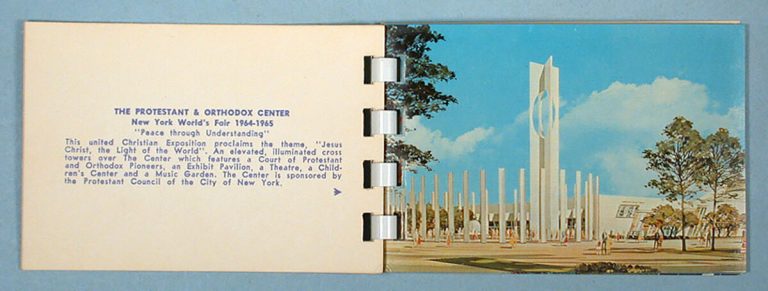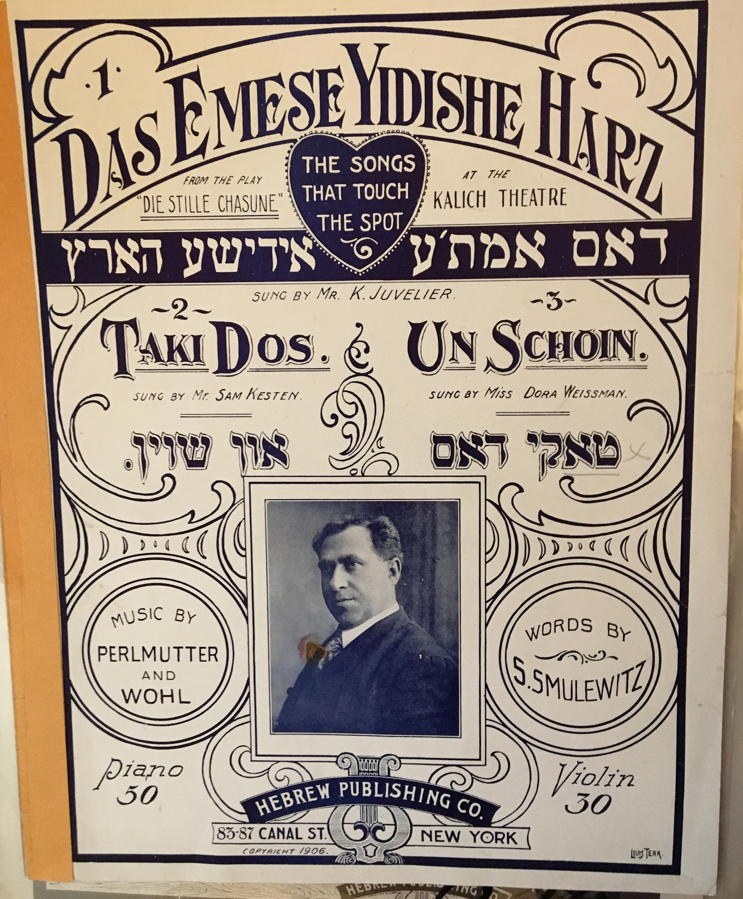Many obscure items can provide indispensable information about the past. There is also often great beauty in artefacts of little to no commercial value. Our researcher Astrid Bosch is always on the lookout for relics of the past that are easily overlooked but deserve to be cherished. Together with various partners, ICWV saves lost treasures from the waste container. The items we’ve “saved” range from leaflets issued by Intourist during the Communist era to Zionist pamphlets from Latvia, dating before WWII.
Among the topics we emphasise on in our efforts to ‘save’ these often neglected “treasures” are Israel, Yiddish culture (including Yiddish records, especially 78 RPM), tourism, hygiene, World’s Fairs, homes of celebrities, graveyards, fake art, old pamphlets related to hotels/tourism, archaeology and old magazines.
If you come along material that may be of interest to us, don’t hesitate to contact Astrid at astrid@icwv.org.






Prior to World War II, there were 11-13 million Yiddish speakers. Eighty-five percent of the approximately six million Jews who were murdered in the Holocaust were Yiddish speakers, leading to a massive decline in the use of the language. Assimilation following World War II and immigration to Israel further decreased the use of Yiddish among survivors after adapting to Hebrew in Israel.
Fortunately, there are various initiatives, from the US to Europe and Israel, to preserve Yiddish culture for future generations. There is in fact a modest revival of Yiddish music.
ICWV not only archives Yiddish artifacts, especially gramophone records, it also contributes to organizing events where Yiddish cultural expressions are offered to the widest possible audience. And that Yiddish songs have a high entertainment value is evident from the three YouTube videos that can be viewed and listened to below, in which renowned artists perform beautiful Yiddish songs.